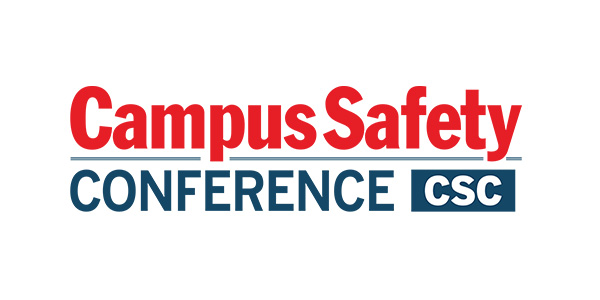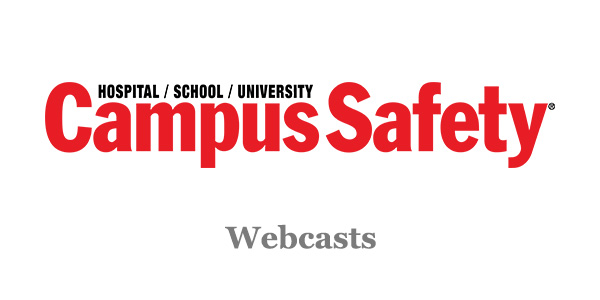The United Kingdom’s Department for Business, Enterprise and Regulatory Reform (2008), describes a crisis as “an abnormal situation, or even perception, which is beyond the scope of everyday business and which threatens the operation, safety and reputation of an organization.” A 2007 document further defines how a crisis should be considered in the framework of daily operations:
- “… The crisis should be dealt with as an operational management issue that is simply being undertaken in extreme circumstances. The crisis management framework for response is normally based on existing management structures and responsibilities. It must also reflect (or improve upon) existing lines of communication, both within the company, and with other organizations which may be affected. This approach, when developed in conjunction with the operational managers, will confirm ownership of plans and prepare the proposed framework for practical implementation.”
“Crisis management.” United Kingdom, Department of Business Enterprise and Regulatory Reform. October 2007.
The purpose of this paper is to provide institutions with a framework for creating an effective emergency communications response plan that easily fits into their normal management structures and responsibilities. It is not intended to be all encompassing but the basis for identifying areas of improvement and practical steps for enhancing an institution’s ability to respond effectively.
While much of the focus of the paper is on emergency and mass notification communications best practices, the importance of the procedural aspects of emergency management are stressed in equal measure.
Emergency Management Phases
An Educause White Paper, “The Role of IT in Campus Security and Emergency Management”, published in October 2008, identifies a widely accepted four phase approach to emergency management:
- 1. Preparedness: Mobilizing and preparing the campus response to emergencies, from the development of emergency response plans and the procurement of supplies to educating the campus community about procedures for disaster response.
2. Mitigation and prevention: Taking steps to reduce or prevent the possibility of disaster on campus, from identifying and assessing risk, to preventative measures that reduce the risk occurrence.
3. Response: Controlling how the campus reacts to disaster, including crisis communication and the treatment and protection of key assets, managing and protecting university students and personnel as well as critical information systems and university infrastructure.
4. Recovery: The timely resumption of standard operating procedures on campus, moving from “disaster” mode to “normal” mode through treatment, rebuilding, reorganization, and recovery.
A further recommended phase, post any actual event, is a continuous process of evaluation and assessment. Figure 1 below shows a typical process flow.

The value of mitigation and preparation should not be underestimated, and is perhaps the most valuable phase of the entire process; however, this topic remains outside the scope of this paper and has been well covered in a number of other sources. Let’s take a look at some best practices in the preparedness, response and recovery phases, especially as they relate to effective emergency communications.













